Up to now, there are clear statistics on the Racer dies at Isle of Man TT. Isle of Man TT 2024 hopes that no Racer is in danger.
-
Is the Isle of Man TT the most dangerous race?
The Isle of Man TT (Tourist Trophy) is often considered one of the most dangerous races in the world. This is a motor racing event held annually on the Isle of Man, an autonomous region located between England and Ireland.
This race is famous not only for its high speeds but also for its rugged terrain and track conditions unlike any other. Therefore, many Racers die at Isle of Man TT.
Here are some reasons why the Isle of Man TT is considered dangerous:
Complex terrain: The Isle of Man TT race does not take place on a dedicated racetrack but on normal public roads on the Isle of Man, including village roads, mountain roads, and city roads. Racers must overcome sharp turns, long straightaways, and narrow roads with stone walls, trees, and houses nearby.
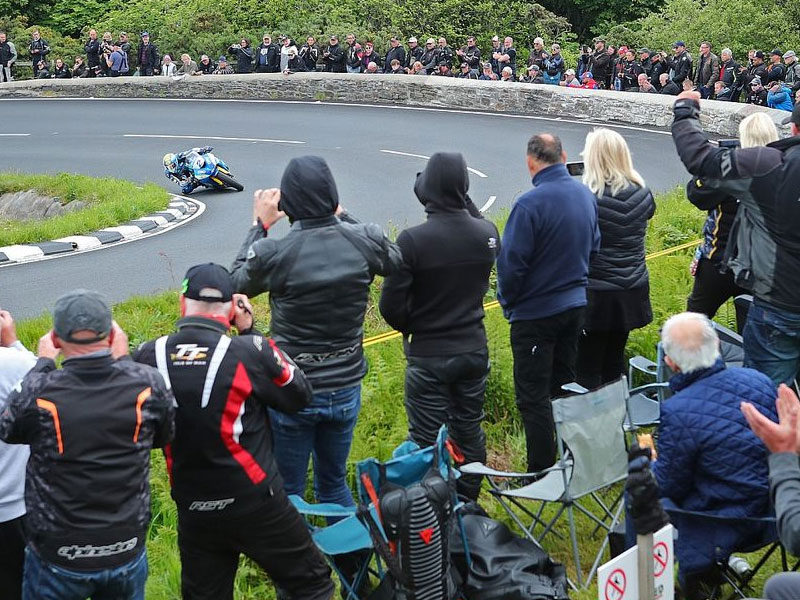
High Speed: Racers often reach speeds of over 200 miles per hour (about 320 km/h) on straight tracks. These high speeds, combined with complex terrain, increase the risk of serious accidents.
High number of accidents and deaths: Isle of Man TT has a long history of high numbers of accidents and deaths. Since its inception in 1907, more than 250 racers have died in TT races and related events. This shows the level of danger that Racer faces.
Unpredictable weather conditions: Weather on the Isle of Man can change rapidly, greatly affecting track conditions. Rain, strong winds, and fog can make the track slippery and reduce visibility, adding to the level of risk.
For these reasons, many Racer dies at Isle of Man TT. The Isle of Man TT is often considered the most dangerous motorbike race in the world, requiring riders to have excellent driving skills, courage, and careful preparation to deal with every possible situation. happen.
-
Racer dies at Isle of Man TT?
The Southern 100 is another motorcycle race that also takes place on the Isle of Man, famous for its dangers similar to the Isle of Man TT. Many riders have died at this event over the years. Racer dies at the Isle of Man TT include:
Mark Purslow: A British racing driver, Mark Purslow, was killed in an accident in 2016 while racing at the Southern 100 event.
James Cowton: British racer James Cowton died in 2018 in an accident at the Southern 100 race. Cowton was an experienced racer and had many achievements in street racing.
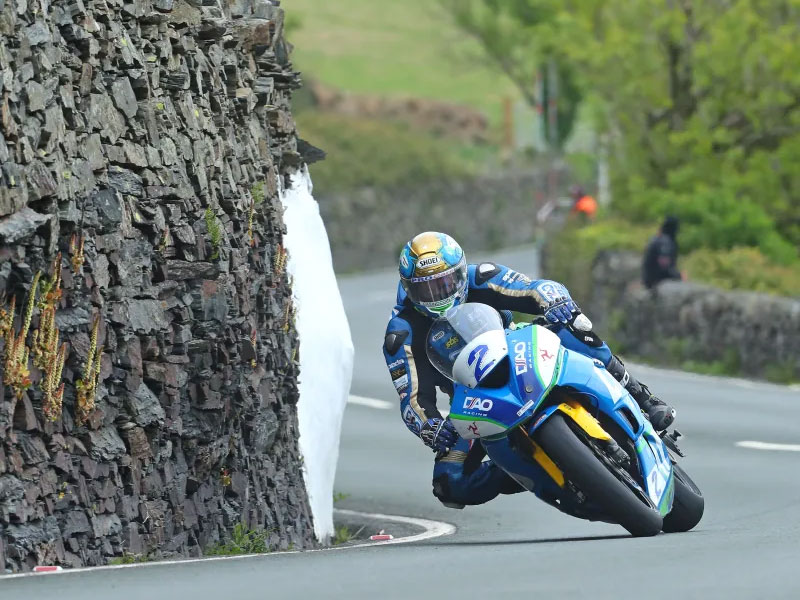
These accidents highlight just how dangerous street motorcycle races like the Southern 100 can be, where complex terrain and high speeds create an extremely dangerous environment for riders.
-
Who crashed at Isle of Man TT?
The Isle of Man TT (Tourist Trophy) has a long and tragic history with many Racer dies at Isle of Man TT. Here are some famous riders who have crashed at the Isle of Man TT in recent years:
- Daley Mathison: British racer Daley Mathison was killed in 2019 in an accident at the Superbike TT Race.
- Adam Lyon: Racer dies at Isle of Man TT
- Dan Kneen: Isle of Man rider Dan Kneen was killed in a crash in 2018 during practice for the Superbike TT race.
- Alan Bonner: Irish rider Alan Bonner was killed in 2017 during practice for the Senior TT race.
- Jochem van den Hoek: Dutch rider Jochem van den Hoek was killed in 2017 during the Superstock TT race.
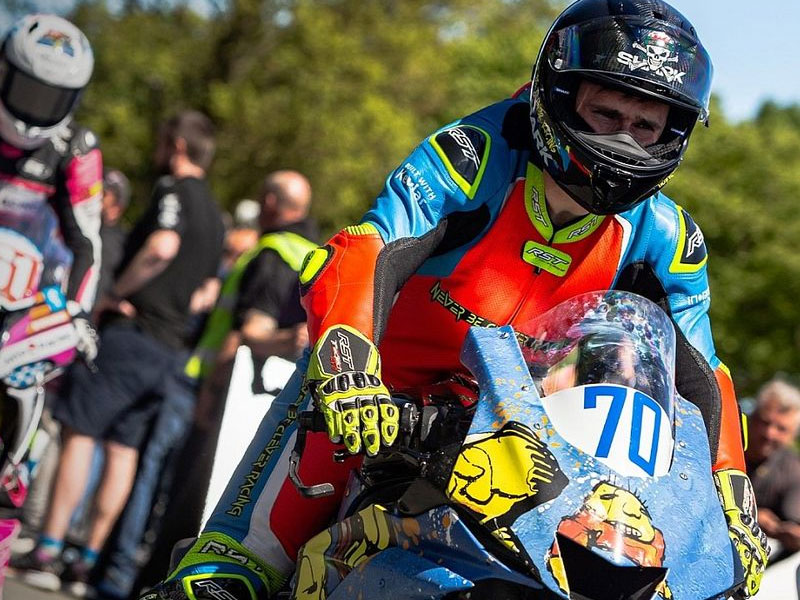
These are the riders who died at the Isle of Man TT in recent years. The Isle of Man TT is one of the most dangerous motorcycle races in the world, and this danger is demonstrated by the high number of accidents and deaths throughout its history. Racers face extremely great challenges and high risks when participating in this race.
-
Why is the Isle of Man TT not banned?
The Isle of Man TT is not banned even though a Racer dies at Isle of Man TT, for the following main reasons:
History and tradition: The Isle of Man TT has a long history, dating back to 1907, and has become an important part of motor racing and the culture of the Isle of Man. This race is considered a traditional event and is a symbol of the courage and skill of the riders.
Economic benefits: Isle of Man TT attracts thousands of visitors each year, making a major contribution to the local economy. Tourists come to watch the race, stay in hotels, eat, and spend on other services, generating significant revenue for the Isle of Man.
Personal Freedom: There is a deep respect for the personal freedom and self-determination of riders. Many riders understand the level of danger but still want to participate because of their passion and desire to challenge themselves. This freedom is considered an important part of racing and motor racing culture.
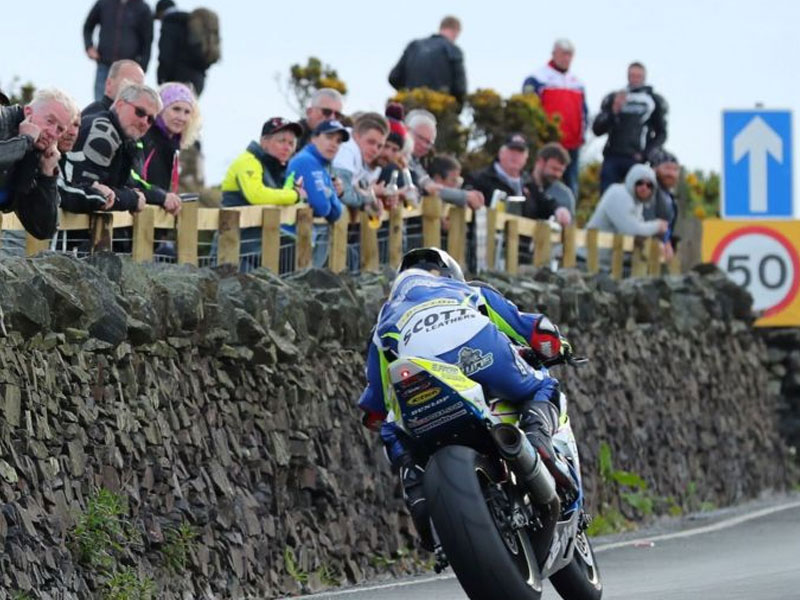
Safety measures: Although it is impossible to eliminate the risk, the Isle of Man TT organizers have taken many measures to improve safety, including improving the track and improving protective equipment. and strengthen health services. These efforts are aimed at minimizing risks and quickly handling emergencies.
Support from the racing community: The Isle of Man TT has strong support from the motor racing community and its fans. This event is not just a race but also a festival, an occasion for racers and fans to gather, share their passion, and celebrate the spirit of racing.
-
How many racers die at Isle of Man TT?
Since its inception in 1907, the Isle of Man TT has seen more than 260 riders die. This figure includes both the main events of the Isle of Man TT as well as associated secondary races such as the Manx Grand Prix and Classic TT. It is one of the world’s most dangerous races, and the high number of fatal accidents underscores the level of risk that racers face when participating.
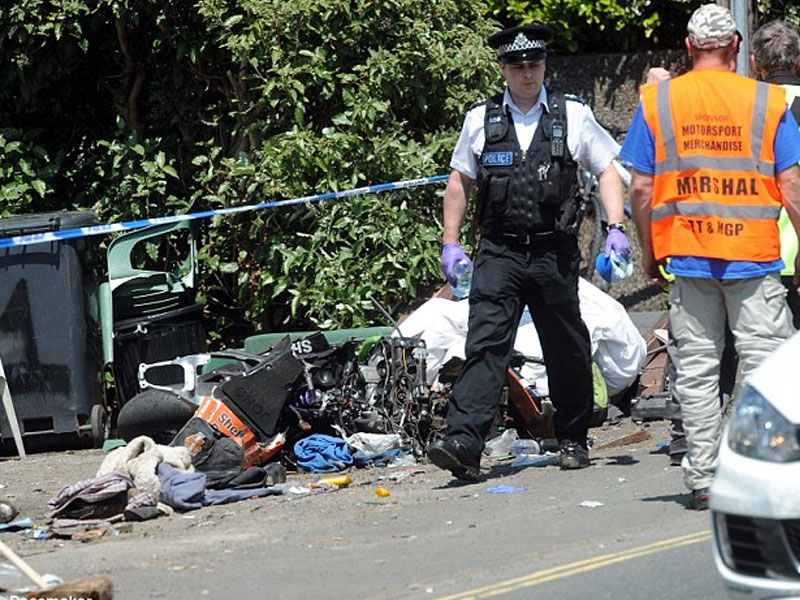
The race continues to attract the participation of many brave riders who understand the risks but still choose to take on this challenge out of passion and competitive spirit. Although many safety measures have been applied over the years, the dangerous nature of the race remains an inseparable part, contributing to the reputation and special appeal of the Isle of Man TT.
-
Isle of Man TT 2024 race?
The 2024 Isle of Man TT race will take place from May 27 to June 8, with the following event schedule:
- May 27 (UK Bank Holiday): Morning free practice and afternoon qualifying.
- May 28-30: Evening qualifiers.
- May 31: Afternoon qualifying.
- June 1: Monster Energy Supersport TT Race 1 and 3Wheeling.Media Sidecar TT Race 1.
- June 2: RST Superbike TT Race.
- June 3: Vacation.
- June 4: RL360 Superstock TT Race 1 and Carole Nash Supertwin TT Race 1.
- June 5: Monster Energy Supersport TT Race 2 and 3Wheeling.Media Sidecar TT Race 2.
- June 6: Vacation.
- June 7 (Isle of Man Bank Holiday): Superstock TT Race 2 and Supertwin TT Race 2.
- June 8: Milwaukee Senior TT Race (iomtt.com) (Isle of Man Today).
- The main race days are divided into three parts with intervening days off to create more opportunities for spectators to attend and facilitate travel and accommodation.
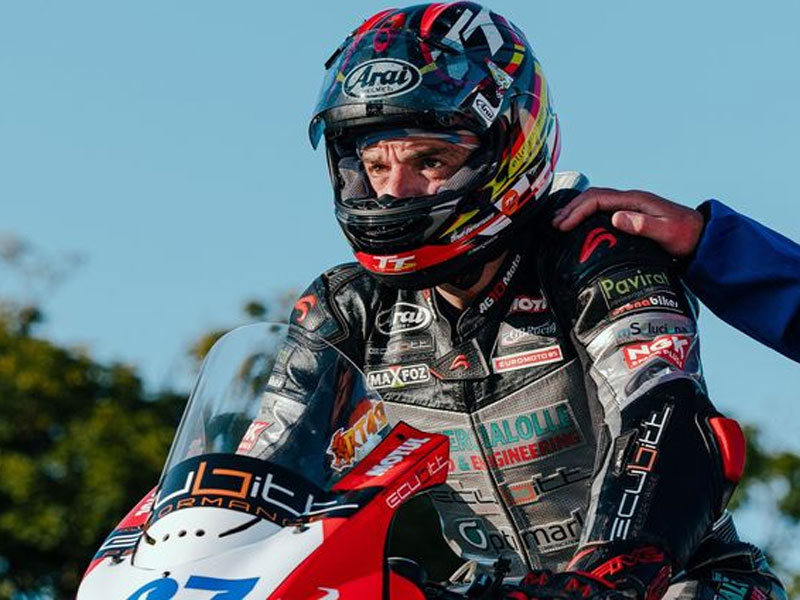
The event will conclude with the Milwaukee Senior TT race on June 8, marking the culmination of this year’s racing. Hopefully, no Racer dies at the Isle of Man TT 2024.
-
List of Isle of Man TT 2024 racers
The Isle of Man TT 2024 will feature an impressive lineup of riders across various classes. Here are some key participants:
Superbike/Superstock Classes
- John McGuinness (Honda Racing) – Honda CBR1000RR-R
- Dean Harrison (Honda Racing) – Honda CBR1000RR-R
- Peter Hickman (FHO Racing BMW Motorrad) – BMW M 1000 RR
- Conor Cummins (Milenco by Padgett’s) – Honda CBR1000RR-R
- Ian Hutchinson (Milenco by Padgett’s) – Honda CBR1000RR-R
- Davey Todd (Cheshire Mouldings TAS Racing) – BMW M 1000 RR
- Michael Rutter (Botham’s Racing) – Honda CBR1000RR-R

Supersport Class
- Lee Johnston (Ashcourt Racing) – Triumph STR765 RS
- Jamie Coward (KTS Racing by Steadplan) – yet to confirm the bike model
- Dominic Herbertson (Burrows Engineering/RK Racing) – Yamaha R6
- Paul Jordan (Jackson Racing) – Honda CBR600RR
Supertwin Class
- Peter Hickman (PHR Performance) – Aprilia RS 660
- Davey Todd (Dafabet Racing) – Kawasaki Z650
- Lee Johnston (Ashcourt Racing) – Aprilia RS 660
Sidecar TT
- Ben Birchall (LCR Honda) – paired with Kevin Rousseau
- Peter Founds and Jevan Walmsley (FHO Racing DDM Honda)
- Ryan and Callum Crowe (Ryde Honda)
- Tim Reeves and Mark Wilkes (Carl Cox Motorsport Team LCR Honda)
Hopefully, no Racer dies at the Isle of Man TT 2024.
These riders are among the most notable entrants, with several high-profile teams and manufacturers participating, including Honda, BMW, Kawasaki, Aprilia, and Triumph. The event promises to be highly competitive and thrilling with a mix of veteran racers and new talent ready to take on the challenging Mountain Course
-
Ticket prices for Isle of Man TT 2024
The ticket prices for the Isle of Man TT 2024 vary depending on the type of experience and viewing location you choose. Here are some key options:
Grandstand Tickets:
TT Grandstand (Glencrutchery Road): Offers excellent views of the start/finish line, pit lane, and scoreboard. Prices start at around £55 per day.
Other Grandstands: Locations like Noble’s Park, Hillberry, and Creg-ny-Baa offer unique perspectives of the race with prices ranging from £30 to £70 depending on the location and race day
Hospitality Packages:
VIP Packages: Include premium seating, gourmet food, drinks, and exclusive access to paddock areas. Prices for these packages start at around £200 and can go up to £500 or more depending on the level of exclusivity and the race day (Isle of Man TT Shop).
Special Viewing Areas:

Crosby Leap, Black Dub, and Milntown: Offer tailored viewing experiences with facilities like parking, refreshments, and access to commentary. Prices for these areas typically range from £60 to £150
TT+ Live Pass:
For those who cannot attend in person, the TT+ Live Pass provides comprehensive live coverage of all qualifying and race sessions. The pass is available for a one-time fee, usually around £20-30
Booking early is highly recommended due to the popularity of the event. For more details and to purchase tickets, you can visit the official Isle of Man TT website.
Hopefully, no Racer dies at the Isle of Man TT 2024.
Read more: The 10 largest tornado in America history
